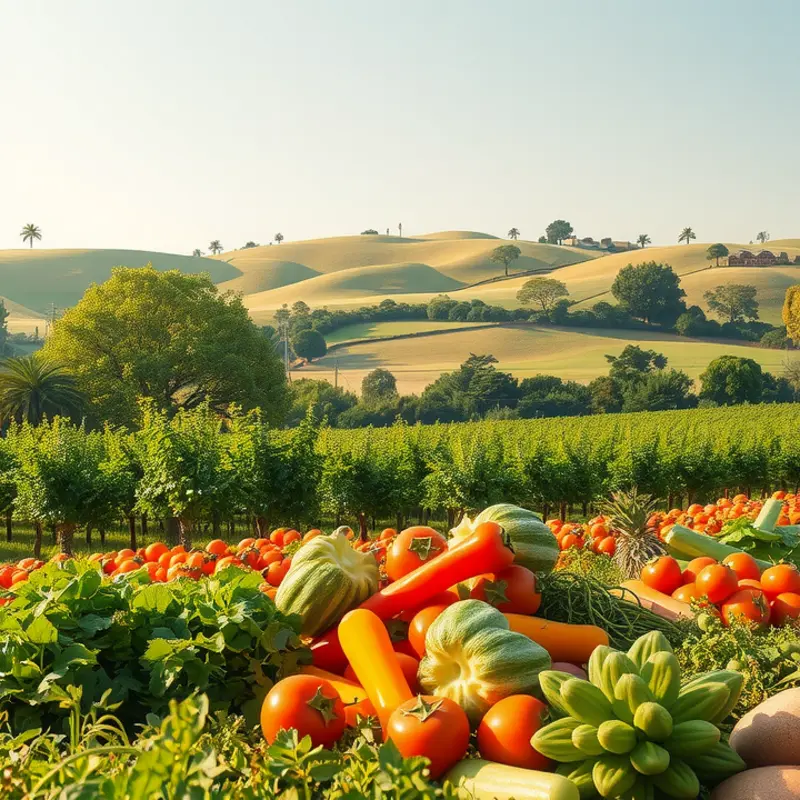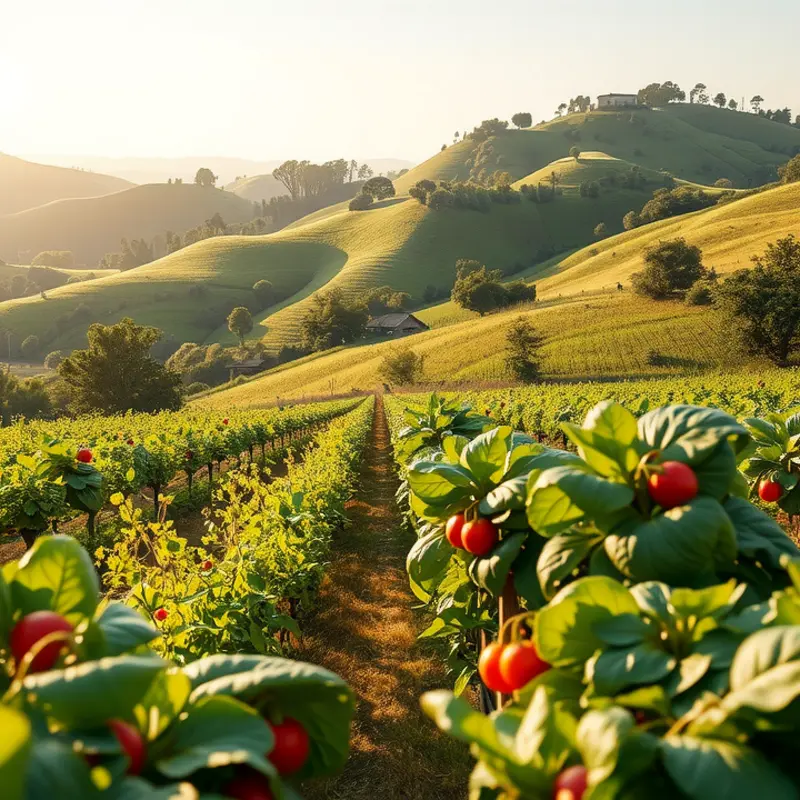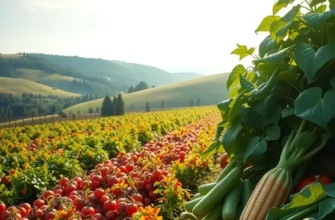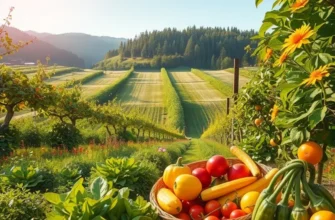Maintaining food safety for fresh produce is crucial for both health and reducing waste. Implementing simple practices can ensure your fruits and vegetables stay fresh longer and minimize spoilage. Understanding correct storage methods, ideal temperatures, and food management techniques will help you make the most of your groceries. Here are key approaches to elevate your food safety game.
The Basics of Safe Produce Storage

Effective produce storage strategies are essential to maximize both the freshness and safety of your fruits and vegetables. Knowing the right temperature and humidity levels for produce can significantly extend its shelf life. For most leafy greens, a crisp 32 to 36°F with high humidity is ideal. These conditions slow down wilting and nutrient loss. Similarly, root vegetables like carrots and beets thrive in low temperatures with high humidity, which keeps them firm and sweet.
Conversely, fruits such as apples and pears prefer cooler temperatures but lower humidity to prevent moisture accumulation, which can lead to rot. Meanwhile, tropical fruits like bananas and pineapples flourish in warmer settings around 50°F, out of direct sunlight.
The organization is another crucial aspect of safe produce storage. Start by designating specific areas in your kitchen and refrigerator for different types of produce. In the fridge, use crisper drawers for vegetables that need humidity. Place fruits needing breathability in low humidity drawers or on open shelves.
Separating produce is essential to prevent spoilage. Some fruits, like bananas and apples, produce ethylene gas, accelerating ripening in other fruits and vegetables nearby. Storing apples or avocados next to other produce might speed up their spoilage. Consider grouping ethylene-sensitive vegetables, such as broccoli and carrots, away from these fruits.
Recognizing peak ripeness can further enhance your food safety regime. Many fruits, such as grapes and strawberries, should be enjoyed shortly after purchase when their natural sugars are at their height. Others, like avocados and kiwis, should be slightly soft to the touch when ripe. Remember, consume produce at its peak to enjoy optimal flavor and nutrients.
Practical organization within your kitchen and pantry can streamline your food safety processes. Keep frequently used produce in accessible areas, while longer-lasting items can be stored deeper in drawers or on higher shelves. Use baskets or bins to group similar items together, making it easier to manage your produce collection efficiently.
Engaging in sustainable storage practices not only maintains the quality of your produce but also reduces waste. You can explore more eco-friendly storage solutions through the eco-smart kitchen storage guide.
By adopting these storage and management techniques, you’ll contribute to prolonged freshness in your produce, ensuring meals that are both nutritious and safe.
Maximizing Freshness and Minimizing Waste

Keeping produce fresh for as long as possible requires a combination of proper storage, mindful planning, and creative usage strategies. By implementing these techniques, you can reduce food waste while enjoying crisp, flavorful fruits and vegetables.
Wash and Store Wisely
Not all produce should be washed before storing. Washing before storage can introduce moisture, accelerating spoilage. For leafy greens, washing and drying thoroughly before storing in perforated bags helps retain their freshness. Root vegetables and fruits with firm skin are best washed just before use.
Storage location is key. Most fruits can ripen at room temperature but should be stored in the refrigerator once ripe to prolong freshness. Meanwhile, onions, potatoes, and garlic prefer cool, dark places. Secure produce in proper containers to avoid ethylene-sensitive produce from prematurely ripening.
Plan and Purchase Smartly
Meal planning is crucial in aligning your consumption with grocery shopping habits. Consider practical ingredient batching techniques to streamline meal prep and minimize waste. Planning meals around what you already have reduces unnecessary purchases and ensures older produce is consumed first.
When shopping, buy in quantities that your household can consume before spoilage. Pay attention to quantity deals that may entice you to purchase more than needed, leading to waste.
Preserve Your Produce
Freezing, canning, and fermenting are excellent ways to extend the shelf life of produce. Blanch and freeze vegetables to lock in nutrients and enhance storage life. Canning ensures long-term preservability, allowing you to enjoy seasonal fruits year-round. Fermentation not only preserves produce but also elevates nutritional value through probiotics.
Creative Use of Leftovers
Leftover produce can be creatively repurposed to prevent waste. Blend overripe fruits into smoothies or freeze them for a later craving. Wilted vegetables are perfect for soups, stews, or stock, enhancing their flavor profiles. Use herbs past their best days in sauces and dressings.
Salvaging scraps is another smart strategy. Vegetable peels and stems can become nutritious broth bases. Experiment with new recipes that encourage use of these often discarded parts.
Transforming these practices into habits not only extends the freshness of your produce but also contributes to a more sustainable kitchen. On your next grocery run, consider these strategies as steps towards minimizing waste and maximizing the potential of all your ingredients.
Final words
Food safety for produce begins with proper storage and mindful management. By understanding the best practices for storing different types of fruits and vegetables, you not only ensure their longevity but also promote a waste-reduced kitchen. Implement meal planning strategies, make full use of your fresh produce, and turn to preservation methods when necessary. Remember, your conscious efforts not only lead to better meals but also to a healthier lifestyle free of unnecessary waste.







